What is a degenerative lumbar spine – lumbar spondylosis?
Lumbar spondylosis refers to a group of diseases. The tissue structure of the lumbar spine undergoes natural aging and degeneration with increasing age and time. This includes the loss of water in the nucleus pulposus, resulting in the loss of disc height, disc protrusion, facet joint degeneration, lumbar spinal stenosis, lumbar spondylolisthesis, etc. The main clinical manifestations are low back pain or lumbago-sciatica. A degenerative lumbar spine can cause pain and discomfort, in worse cases, patients may lose mobility function to their legs.

What are the most common types of lumbar spondylosis?
Radicular pain: patients experience pain, abnormal sensations, and decreased muscle strength in both lower extremities.
Neurogenic claudication: patients experience unilateral or bilateral leg pain, numbness, and decreased muscle strength, and can walk further when bending over.
Axial back pain caused by disc disease: the patient’s pain worsens when the lumbar spine is active, and is relieved when at rest.
Axial back pain caused by facet joint disease: the patient’s pain worsens when they perform lumbar extension movements.
Lumbar spondylolisthesis: the patient experiences intractable low back or leg pain.
How to determine if you have lumbar spondylosis?
It is more common in middle-aged women and elderly patients.
Patients in the unstable period may have acute, subacute, or chronic low back pain that radiates downward to the buttocks and the back of the thigh, but not below the knee.
Patients cannot bend over, and when they bend over to a certain degree, they feel a sense of breakage in the lower back and can only straighten up and rest.
Some patients may experience weakness in the back and lower limbs, and may suddenly fall when walking or going downstairs, which may be caused by excessive instability.
The low back pain is relieved when the patient is in bed and the lumbar spine is stable.
What should you do if you suspect that you have similar symptoms?
Go to a professional medical institution for further diagnosis, and do not blindly massage, stretch or hang on a single bar.
Conservative treatment combining traditional Chinese and Western medicine.
If conservative treatment fails, minimally invasive surgery can be performed to alleviate the pain.
Case Study 1 of Patients with Degenerative Lumbar Spine
The patient is a 62-year-old female who had lumbar soreness and pain 5 years ago. The symptoms occasionally worsened and recurred, with no rest pain or lower limb edema. Symptoms worsened after prolonged standing, walking, and fatigue, but improved after resting in a supine position.
The patient visited community hospitals multiple times for conservative treatments such as acupuncture, cupping, and physical therapy, which relieved symptoms temporarily.
Two months ago, the symptoms worsened significantly, accompanied by numbness, soreness, and pain on the outer back of the right thigh and calf, and intermittent claudication. Walking 500 meters caused pain in the right leg, and conservative treatments such as traction, massage, and external application of ointment at the community hospital did not improve the symptoms.
The patient visited our hospital and lumbar MRI suggested lumbar disc herniation. Surgery was recommended, but the patient and family did not agree and did not receive any special treatment. Symptoms continued to worsen, seriously affecting the patient’s daily life and sleep, and the patient could not tolerate the pain. The patient was admitted to the hospital for surgery for lumbar disc herniation. The surgeon used CanESP(Posterior Thoracolumbar Fixation System) for the surgery.
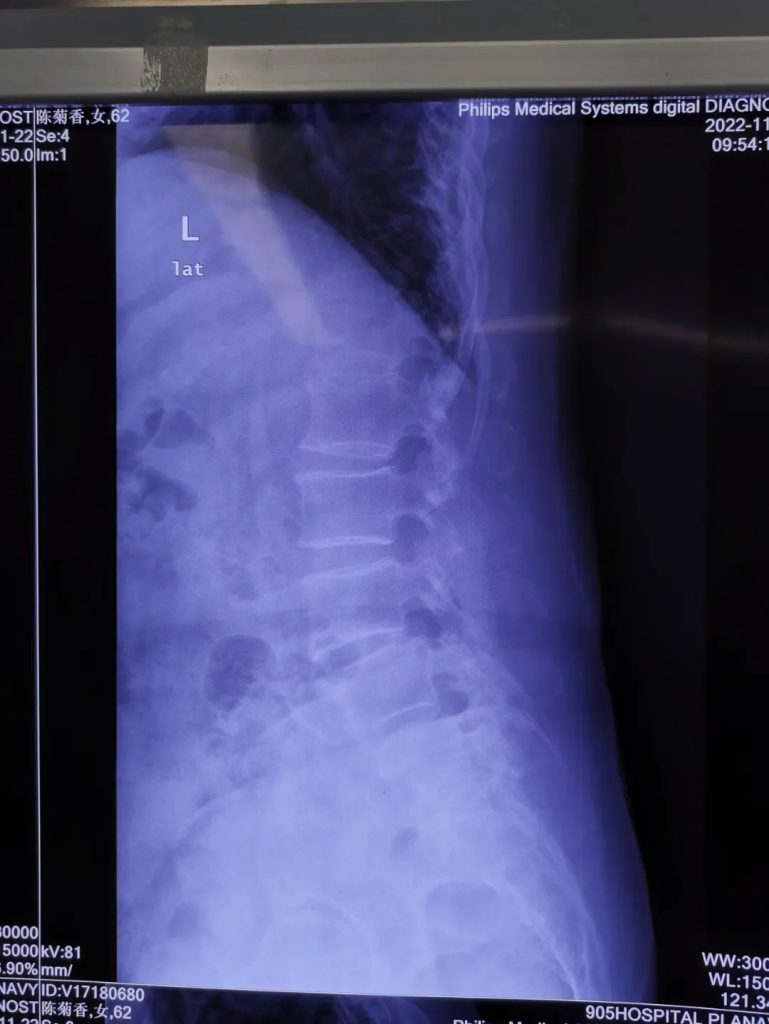
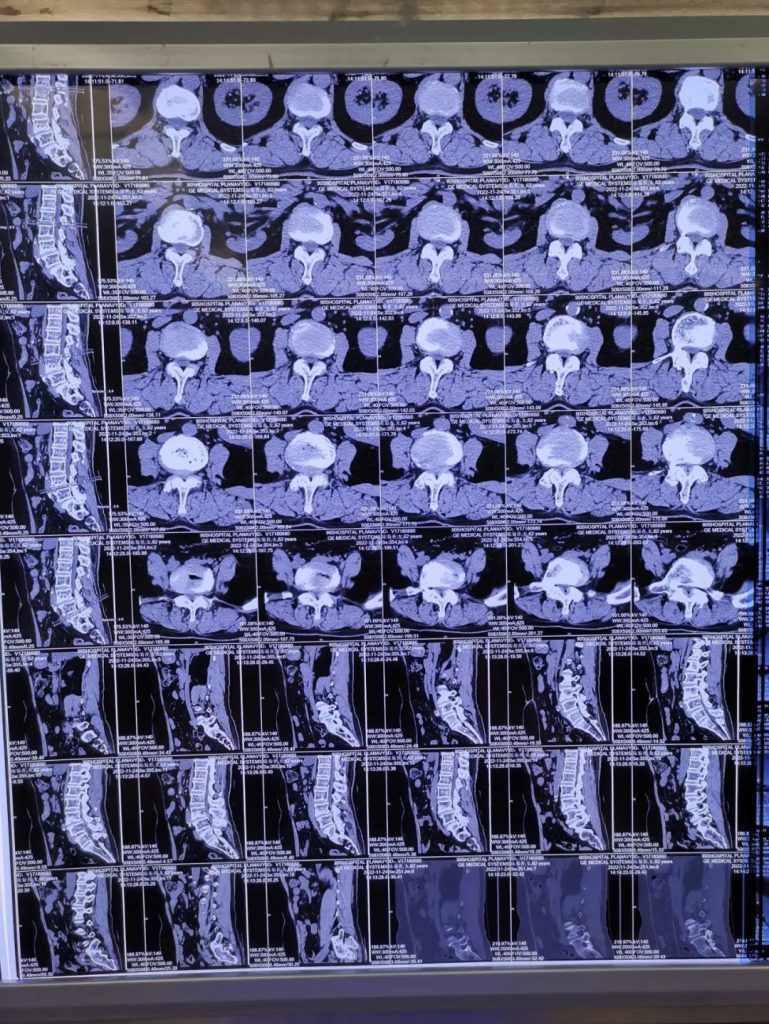
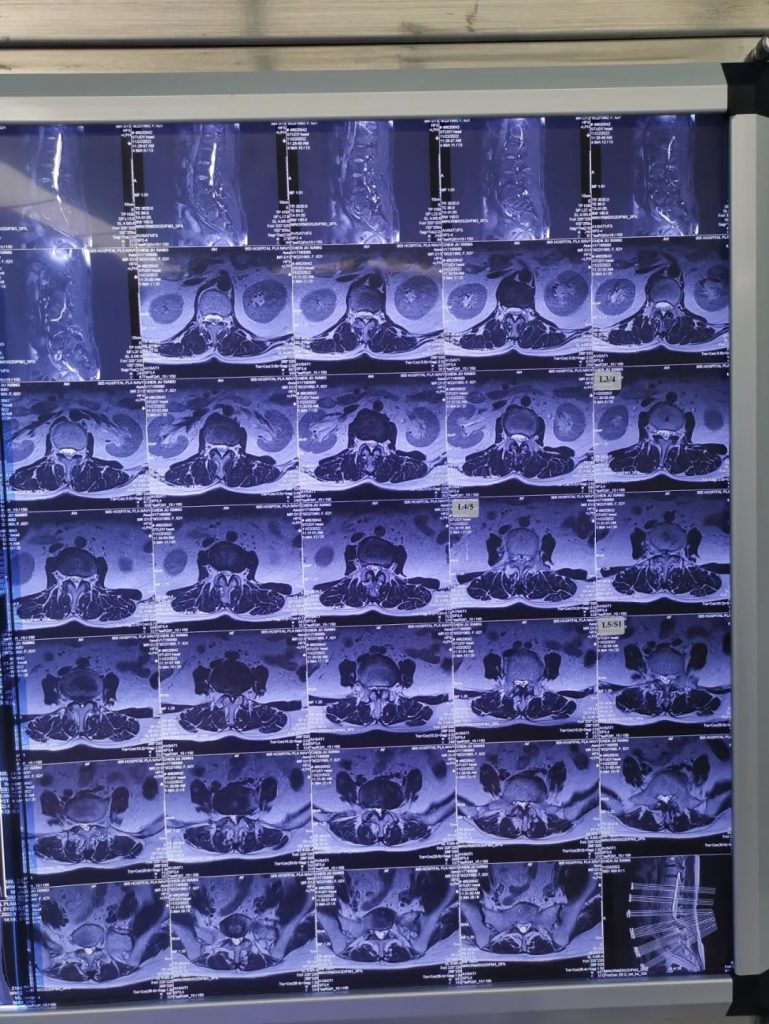
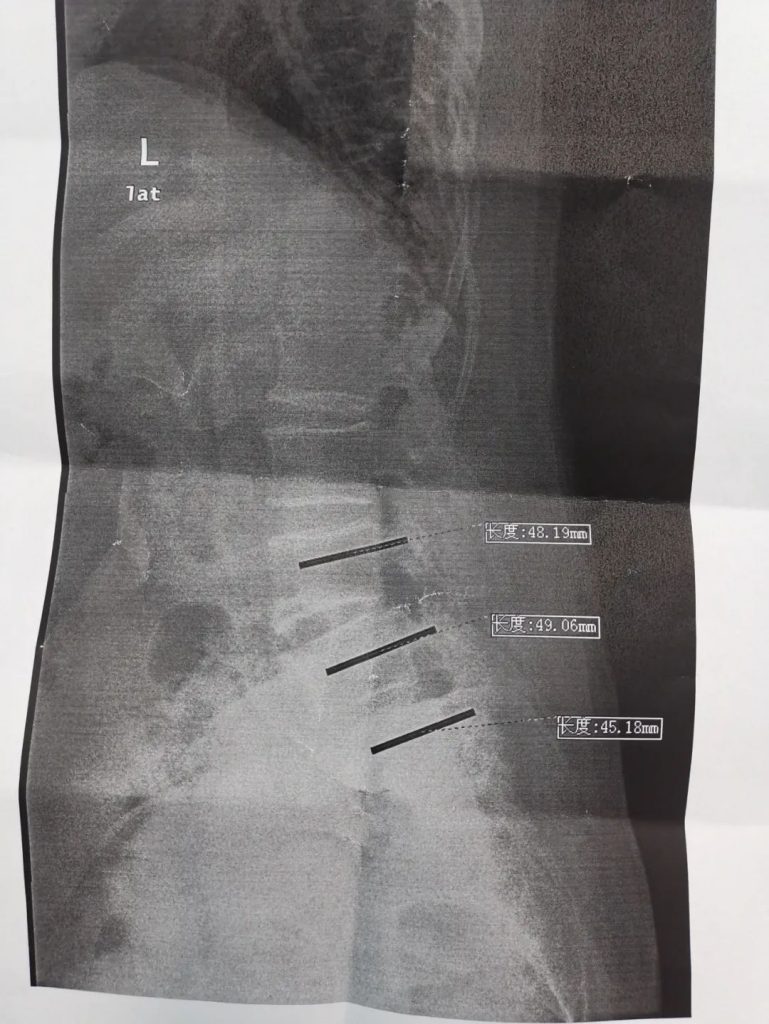
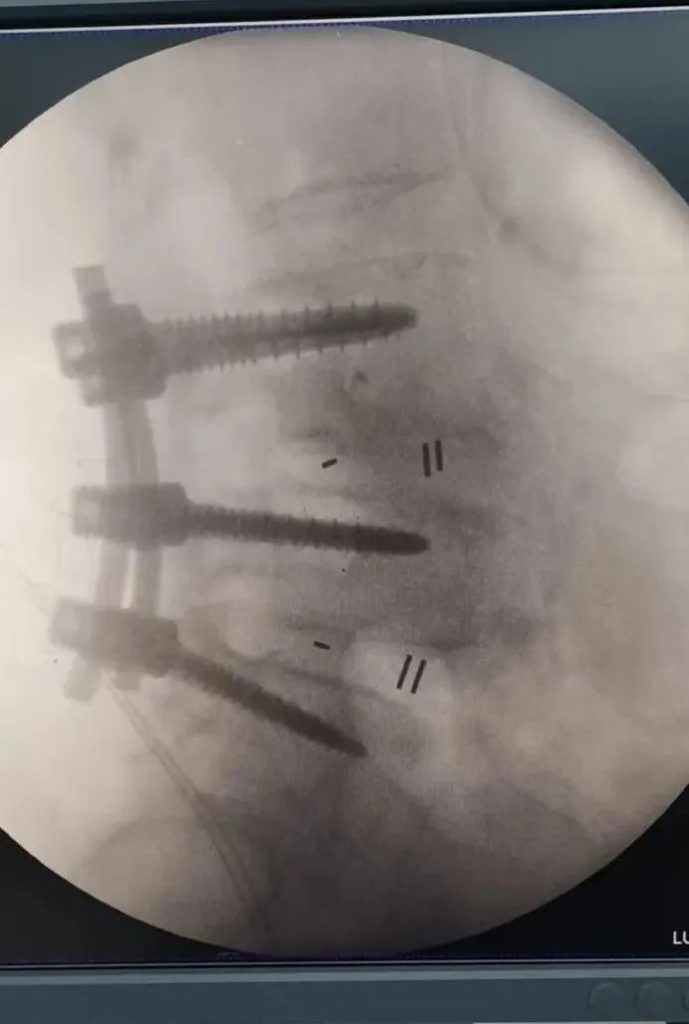
Case Study 2 of Patients with Degenerative Lumbar Spine
The patient is a 70-year-old male with a history of lower back pain for 8 years. The pain has worsened with left leg soreness for the past week.
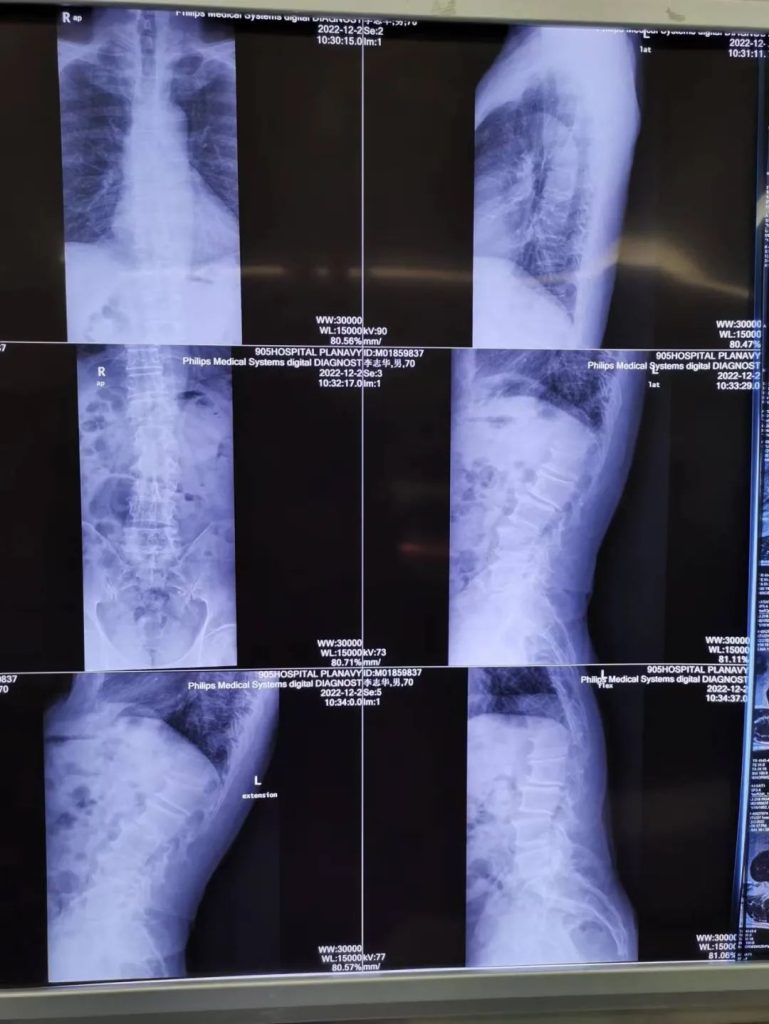
8 years ago, the patient experienced pain in the lower back and hips, which recurred and occasionally worsened. Conservative treatments such as acupuncture and massage were given, and the symptoms improved.
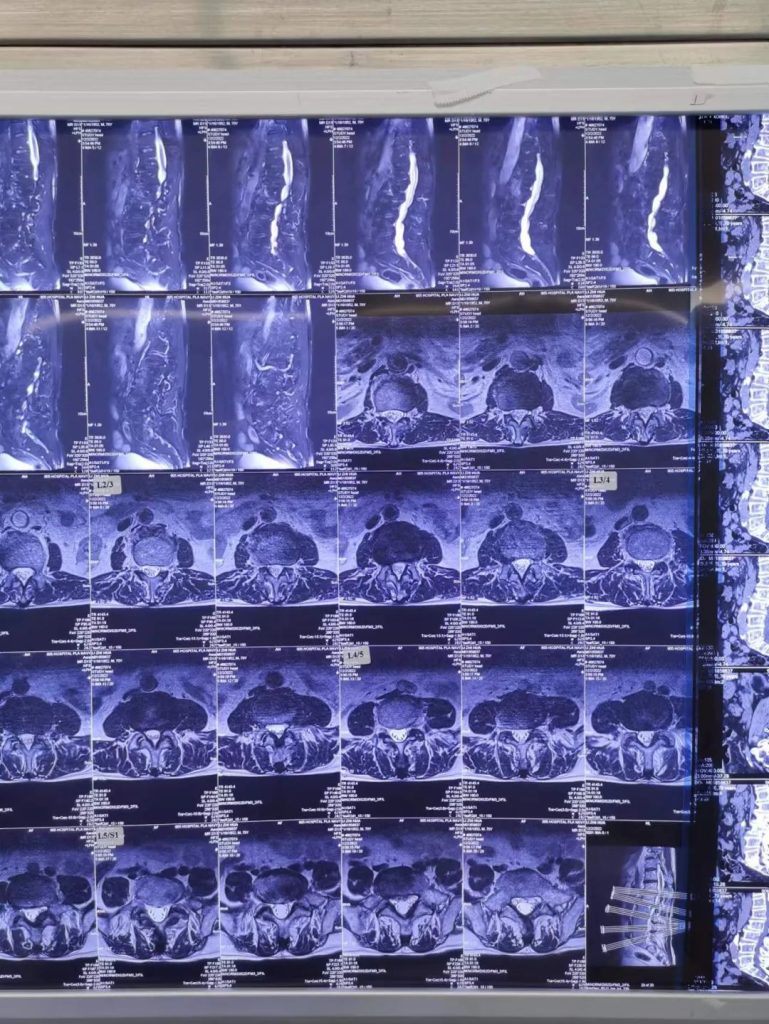
One week ago, the aforementioned symptoms worsened, accompanied by soreness, pain, and discomfort in the left thigh, groin, and lower back. There is no skin pallor or pigmentation in the affected area, no rest pain, no lower limb edema, and symptoms worsen with prolonged standing, walking, and exertion, but can be relieved by lying down. The patient has repeatedly undergone conservative treatments such as acupuncture, cupping, and physical therapy in the community hospital, and the left calf posterior soreness is more severe, accompanied by intermittent limping.
Walking 1000 meters leads to leg soreness and pain, requiring rest, and the symptoms improve after rest. After receiving traction, massage, and topical application of ointment in the community hospital, the symptoms did not improve significantly.
Later, the patient visited Baoshan Central Hospital and was diagnosed with lumbar disc herniation by lumbar MRI, and surgery was recommended. The patient and his family did not accept the recommendation and refused to receive any special treatment. The symptoms have been progressively worsening, severely affecting the patient’s daily life and sleep, and the patient cannot tolerate the pain. The patient is currently admitted to our hospital for lumbar disc herniation.
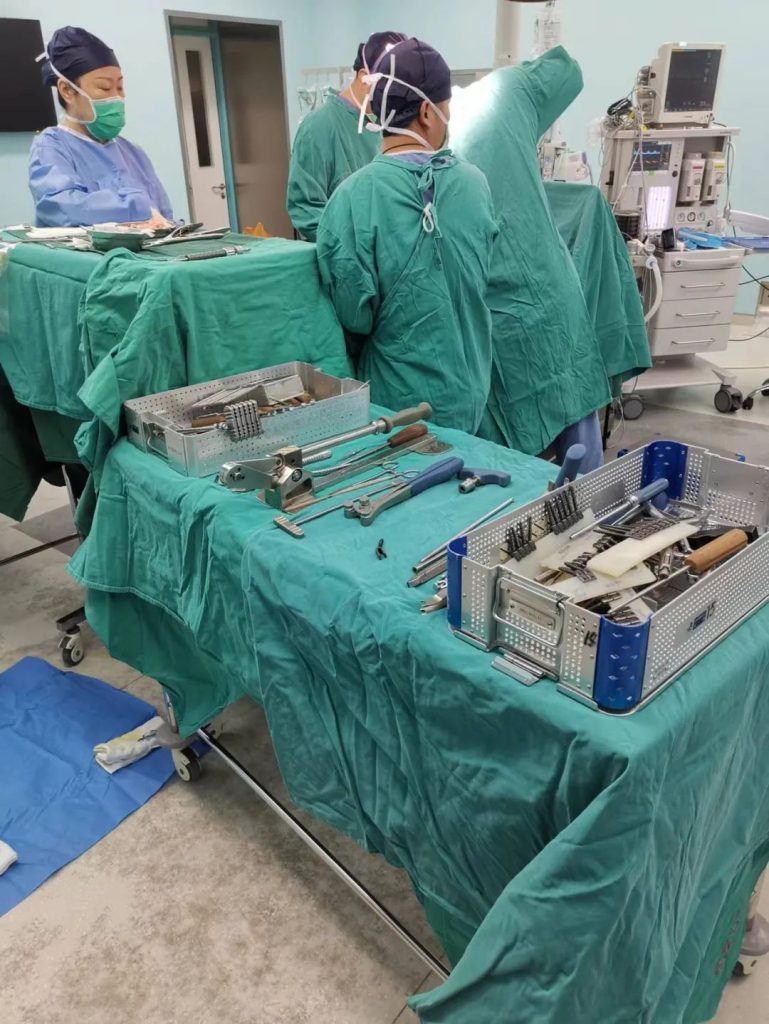
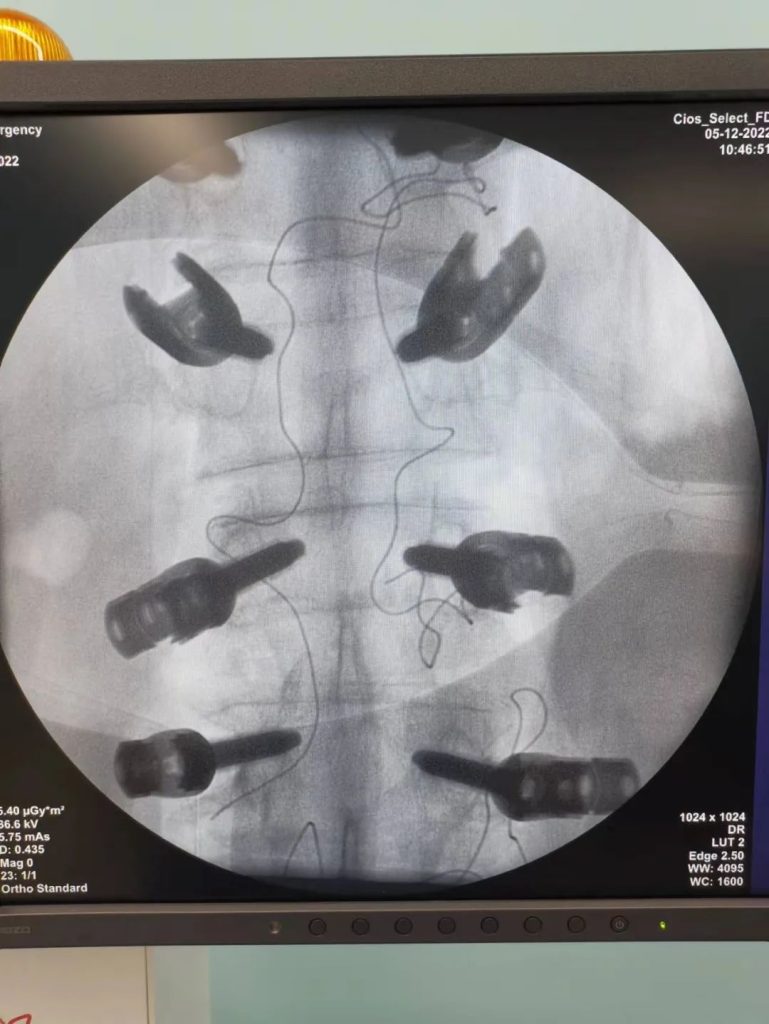
Conclusion
Canwell Medical offers a wide range of spine implants and instruments. With their minimally invasive approach, they offers a less risky and more effective alternative to traditional surgical procedures. We also work closely with hospitals and top university on how to better patient care. We believe with the availability of this advanced technology, patients can now have more options for managing their pain and improving their quality of life.